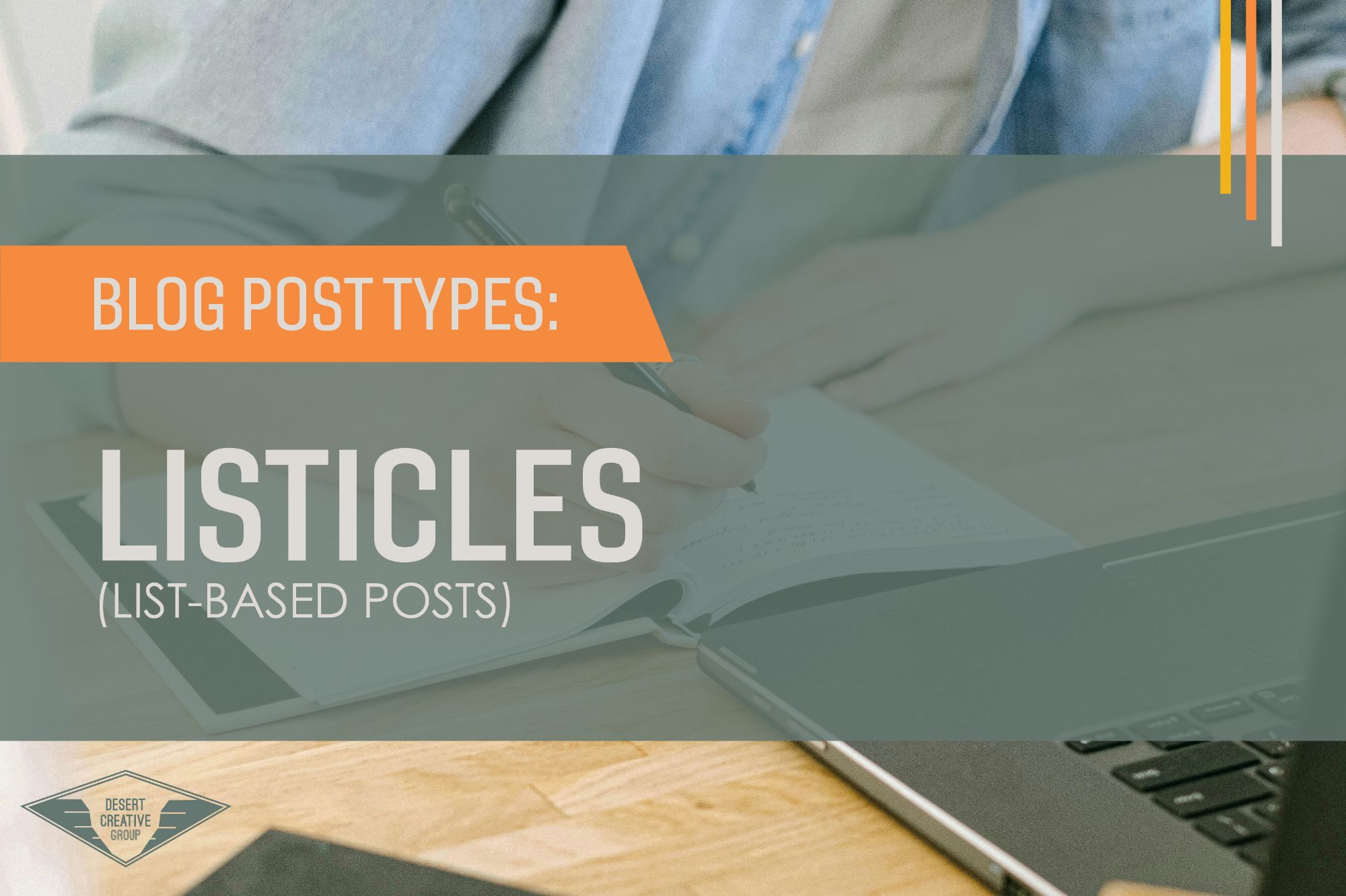How to Write a Helpful “Listicle” Blog Post
In today’s fast-paced world, readers want information that’s quick, digestible, and easy to skim—this is where listicles shine. Whether it’s “5 Productivity Hacks You Need to Try” or “10 Must-Read Books for Entrepreneurs,” list-based posts make complex topics more accessible.
Listicles aren’t just easy to read—they cater to how people consume content online. Here’s why they’re so powerful:
- Easy to Skim: Readers can quickly scan the key points.
- Visually Appealing: Lists break up text, making the content more digestible.
- Encourage Engagement: People love ranking, sharing, and discussing list posts.
- Great for SEO: Search engines favor well-structured, numbered content.
- Flexible & Adaptable: List posts work for nearly any topic, from tutorials to product recommendations.
Listicles provide structure, keep readers engaged, and are perfect for sharing on social media. Let’s break down what makes a great listicle, when to use them, and how to structure them for maximum impact.
#1: The Introduction
As most blog posts, aim to keep your introduction short and sweet. Make sure to reiterate what the problem or tips relate to, and encourage your readers to take action.
#2: List Items
To write an effective list post, structure your points logically and add value to each item with explanations, examples, or images. Most List-Based posts use a “countdown” method in which the #10 item is listed first to encourage your reader to read through to the #1 item at the bottom of the page.
Make sure to include a clear text hierarchy for each list item so that the viewer can read through clearly and so that Google can quickly analyze the post information.
#3: Conclusion
Use this section as your Call to Action for your reader. Ask them if they have tried any of the above listed items and what their experience is with the items.
Share this:
- Click to share on Facebook (Opens in new window) Facebook
- Click to share on LinkedIn (Opens in new window) LinkedIn
- Click to share on X (Opens in new window) X
- Click to share on Reddit (Opens in new window) Reddit
- Click to share on Tumblr (Opens in new window) Tumblr
- Click to share on Pinterest (Opens in new window) Pinterest
- Click to share on WhatsApp (Opens in new window) WhatsApp
- Click to email a link to a friend (Opens in new window) Email


